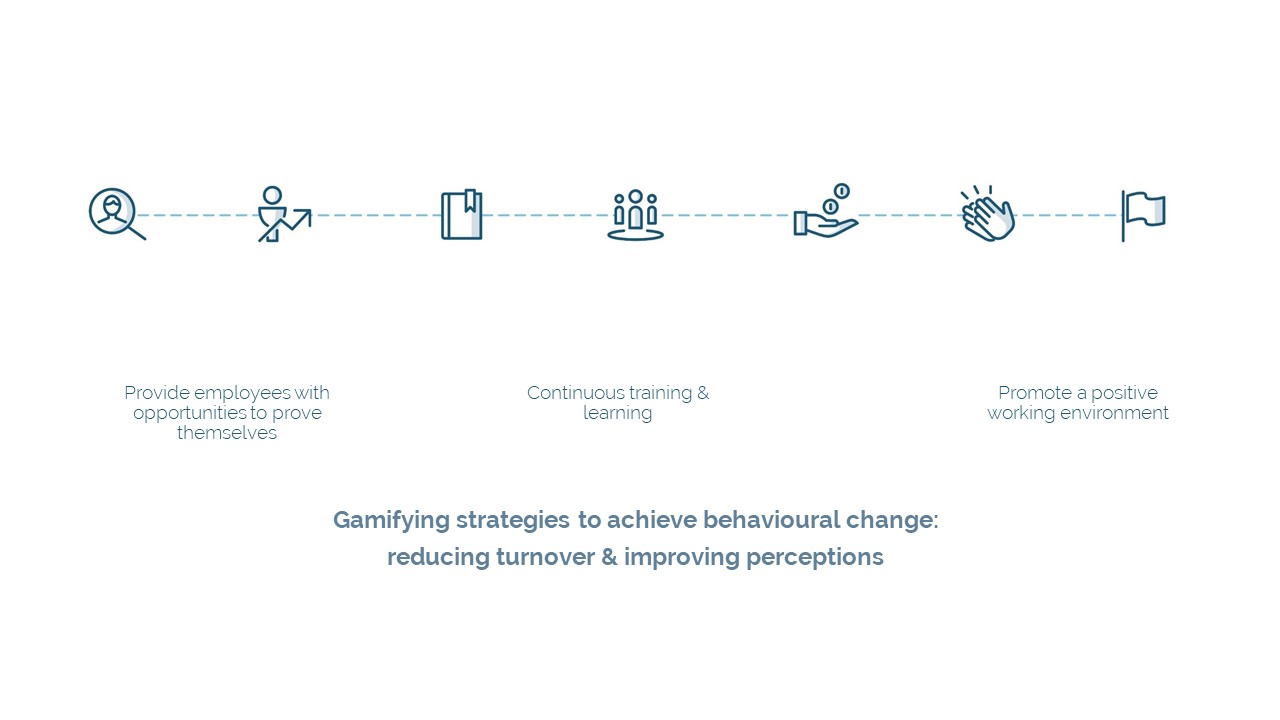How does anyone even begin to ‘round-up’ the year we’ve all had? In our personal and professional lives, most of us have experienced such vast challenges and significant change that it is hard to believe it has been 12 months and not 24. Though we may be turning a new page as we move to the new year, it is not an entirely new story, and in 2021 many businesses will most likely continue to grapple with different ups-and-downs and the effects of 2020.
That said, we believe what also lies ahead is an opportunity to make a real difference by reassessing and improving approaches, focussing on the people at the heart of businesses, communities, organisations, and society, to achieve success in spite of uncertainty.
So instead of rounding up 2020 as if the story were over, we thought we’d look back on the themes and pieces that most appealed to people’s needs and interests over the year. Reflection and food for thought, as the collective journey towards new approaches, strategies and innovation continues into 2021 and beyond.
-
Keeping Teams Connected & Empowered
This year teams had to act and adapt quickly to new circumstances, conflicting priorities, and different strategies. A need like never before to think creatively and innovatively in how challenges were met. With many moving to remote working or facing heightened demand, lots of us looked for ways to keep employees feeling productive, fulfilled, and motivated – through digital solutions.
In 2021, there will no doubt be a new round of challenges to face in supporting and sustaining an engaged, committed, and productive workforce in what will still be difficult business conditions. Here are our 3 most popular posts from this year looking at employee engagement, to help spark ideas for 2021:
-
Customer Care, Concern and Connection
In a recent study, 70% of European based executives stated that the current coronavirus pandemic was accelerating the pace of their digital transformation. This year saw brands across all sectors make herculean efforts to try and stay connected to their customers, some even diversifying the services they offered in order to sustain the customer bond. Digital experiences inevitably became the only vehicle for staying in touch, and while technology is amazing because of its reach and flexibility, it is just a vehicle at the end of the day.
It is people who we want to connect to, build relationships with, and learn from their motivations, reactions, and needs. Human crises require human responses.
Is 2021 the year to flip our thinking on digital transformation and focus in on how it can deliver better connection, empathy, and engagement? Here are our 3 most popular posts from this year that looked at building better relationships and engagement with customers:
-
Future Values
Over these past few months, we have all had time to think and reflect on the way we live our lives. Crises often have the effect of bringing our core values into focus, and by having a number of our old routines and habits taken away from us, we’ve maybe been reminded of what we think is important. Furthermore, more than ever before people are expecting the brands around them to stand for something. Businesses are now being pushed beyond their classic interests to become advocates for a better society.
Euromonitor’s 2020 Sustainability Survey found that COVID-19 has brought social purpose to the fore, with two thirds of surveyed companies defining sustainability as “supporting local communities”, a 15% increase compared to the previous year. Accenture reports 62% of customers want companies to take a stand on current and broadly relevant issues like sustainability, transparency or fair employment practices.
As we all reassess what practices and approaches we want to represent our values in 2021, here are our 3 most popular posts on the emerging power of values and ethics in society.






